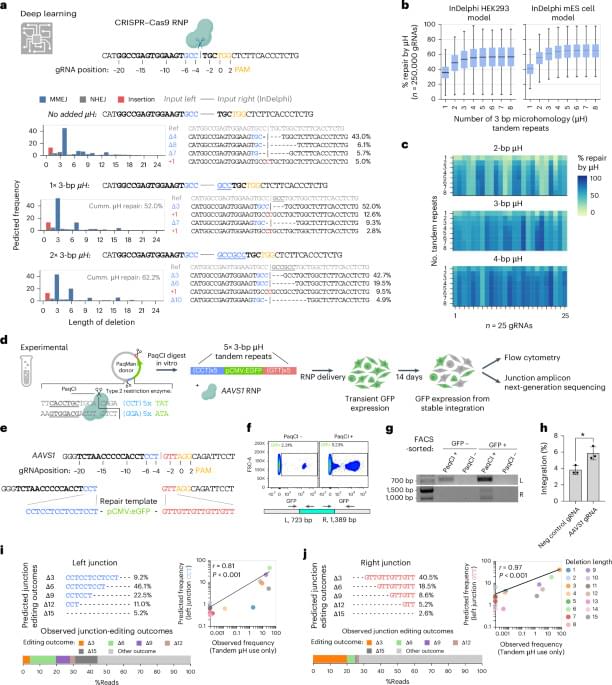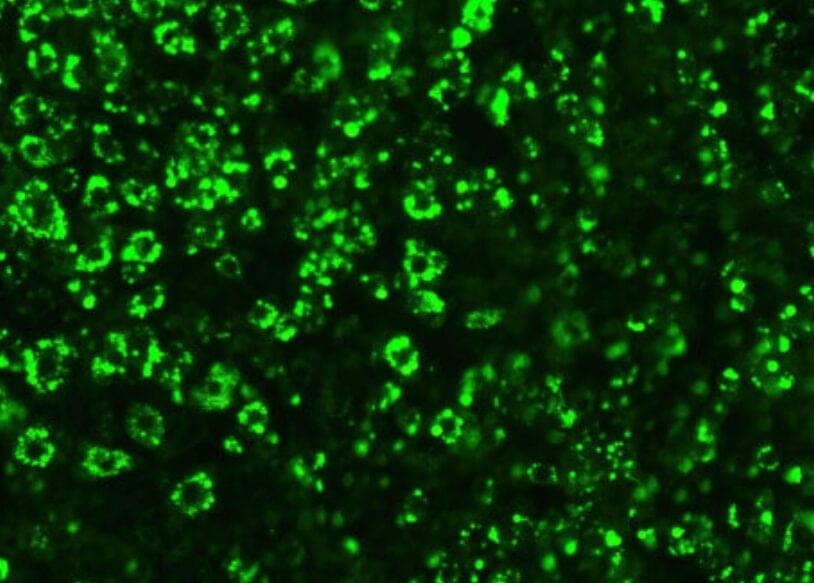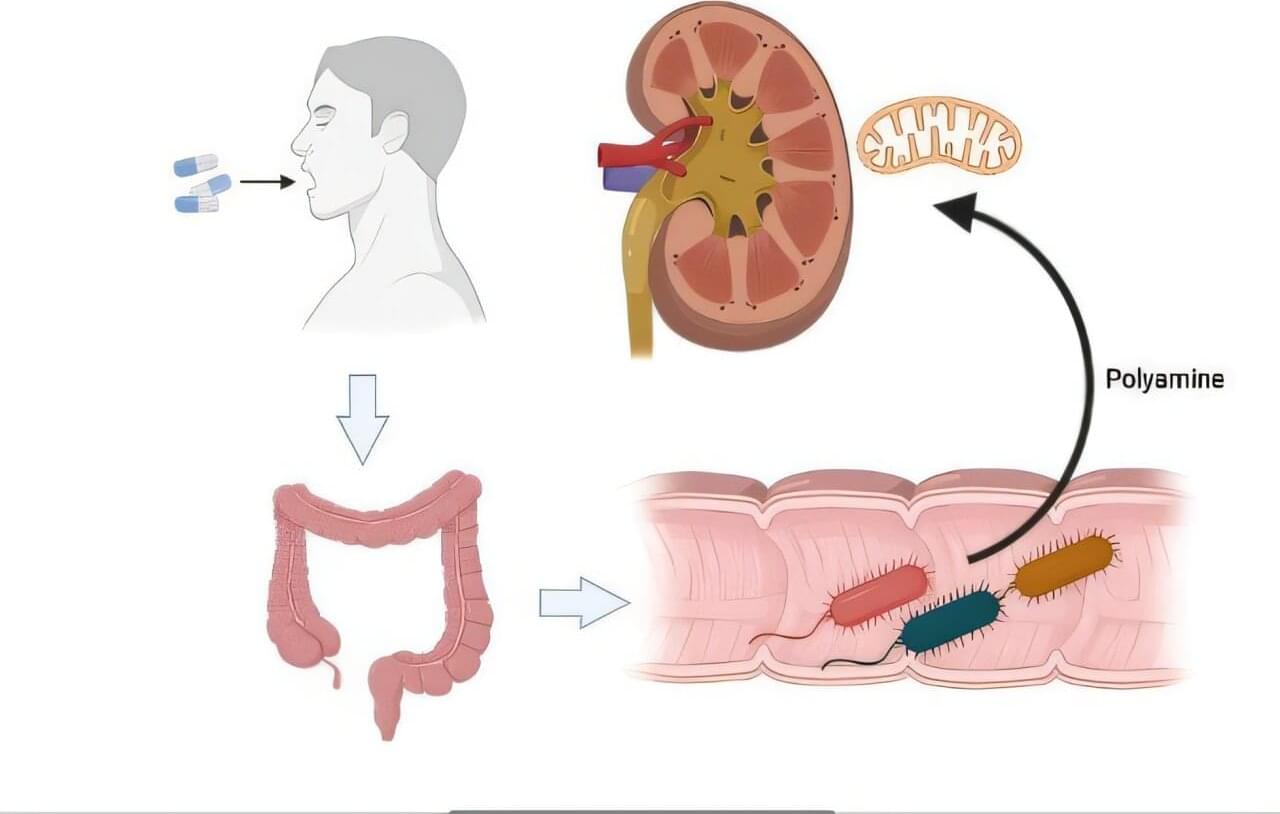New computer simulations suggest the first magnetic fields that emerged after the Big Bang were much weaker than expected — containing the equivalent magnetic energy of a human brain.



Scientists at Leipzig University have identified a little-known receptor, GPR133, as a key player in bone health. By stimulating this receptor with a new compound called AP503, they were able to boost bone strength in mice, even reversing osteoporosis-like conditions. The breakthrough highlights a promising path toward safer and more effective treatments for millions struggling with bone loss, while also hinting at broader benefits for aging populations.


Spinal Cord Restoration, Head Transplants & Beyond — The Rise And Future Of Transplantation Neurosurgery — Dr. Michael Lebenstein-Gumovski, Ph.D. — Senior Scientific Officer, Sklifosovsky Emergency Medicine Institute, Moscow, Russian Federation
Dr. Michael Lebenstein-Gumovski, Ph.D. is Senior Scientific Officer and Neurosurgeon, in the Neurosurgery Department, of the Sklifosovsky Clinical and Research Institute for Emergency Medicine, Moscow, Russian Federation (https://sklif.mos.ru/), where his team is engaged in both neurosurgical and experimental practice, conducting advanced research in the field of spinal cord injury restoration, spinal cord transplantation and head transplantation.
The Sklifosovsky Institute for Emergency Medicine is a large multidisciplinary scientific and practical center dealing with problems of emergency medical care, emergency surgery, resuscitation, combined and burn trauma, emergency cardiology and acute poisoning.
Since 2013, Dr. Lebenstein-Gumovski has been studying spinal cord injury, and also developing methods for restoring the full functional and morphological repair of the spinal cord.
Dr. Lebenstein-Gumovski’s work is aimed at studying the effect of fusogens on nervous tissue, developing new methods and techniques for treating spinal cord injury, developing methods for its resection and transplantation. The lab develops and studies various methods of neuroprotection, combining methods to achieve better results and the current focus is the study of combination fusogen-induced (PEG-chitosan, Neuro-PEG) axonal restoration of the spinal cord after its complete transection.
A geological, petrographic and geochemical survey of distinctive mudstone and conglomerate outcrops of the Bright Angel formation on Mars reveals textures, chemical and mineral characteristics, and organic signatures that warrant consideration as potential biosignatures.


Like bees breathing life into gardens, providing pollen and making flowers blossom, little cellular machines called mitochondria breathe life into our bodies, buzzing with energy as they produce the fuel that powers each of our cells. Maintaining mitochondrial metabolism requires input from many molecules and proteins—some of which have yet to be discovered.
Salk Institute researchers are taking a closer look at whether mitochondria rely on microproteins—small proteins that have been difficult to find and, consequently, underestimated for their role in health and disease. In their new study, a microprotein discovered just last year at Salk, called SLC35A4-MP, was found to play a critical role in upholding mitochondrial structure and regulating metabolic stress in mouse fat cells. The findings plant the seed for future microprotein-based treatments for obesity, aging, and other mitochondrial disorders.
The study, published in Science Advances on August 29, 2025, is part of a series of recent discoveries at Salk that showcase the functional importance of microproteins in cellular biology, metabolism, and stress.
